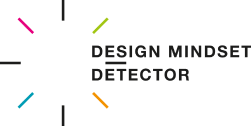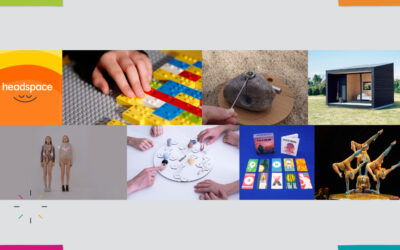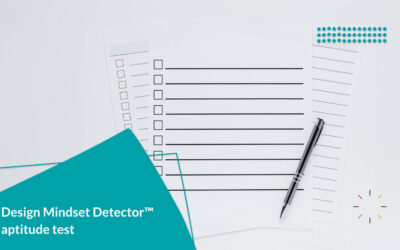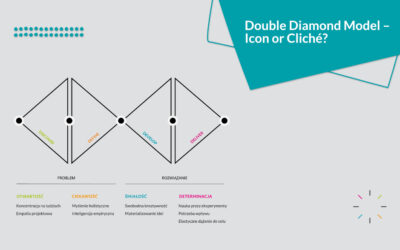UI and UX designers typically present their portfolios during the recruitment process, showcasing their skills, experience, and unique problem-solving approach to potential employers.
At a glance
- Regular work on the portfolio as a tool for self-reflection
- With time for reflection, we can create a multi-dimensional portfolio
- Presentation of projects in the field of service design
- What other elements should be included in a service designer’s portfolio?
However, based on conversations with service designers close to me, I have noticed that such expectations are rarely found in the Polish job market. There are many hypotheses explaining this situation, but they will not be the focus of this article. Apart from meeting recruitment requirements, there are many other reasons to have and regularly update your portfolio. Let’s look at these reasons – perhaps they will convince you too?
Regular work on the portfolio as a tool for self-reflection
One of the most common ways of presenting experience in a portfolio is the case study. Designers usually choose 3-5 diverse projects and describe them step by step, highlighting key decision points, tools, and techniques used, and finally discuss the impact of these factors on the entire process. Creating such material is difficult and time-consuming, and requires a lot of energy.
If you find yourself in a situation where you need to create a portfolio in a short time, you might unconsciously use a template description of projects, such as: title, date, role, client, goal, process, conclusions. Most likely, in such a case, you will lack time and energy to “connect the dots,” i.e., to understand what you have learned while working on different projects.
Therefore, the best practice is to regularly document and describe projects immediately after completion, regardless of whether they will go into the portfolio.
This approach can be part of a project retrospective and has many advantages. First and foremost:
- develops the habit of systematic work,
- is an excellent exercise in formulating conclusions, helping to develop critical thinking,
- provides an excellent opportunity to experiment with different forms of presenting project results.
With time for reflection, we can create a multi-dimensional portfolio
Over time, with a collection of completed projects, you will gain the ability to act on a higher, meta-level. You can start asking yourself questions and seek answers: What are my strengths and weaknesses? What have I learned over the past years? Which direction do I want to follow? Do I fall into process patterns? If so, how can I change that? What do I have influence over? What distinguishes me?
With such material, the demand to prepare a portfolio will not scare or worry you but will become an opportunity for creative thinking and experimenting with different ways of presenting your story. With ready examples, you will be able to select those most important for a given role, highlight your uniqueness as designers, and positively surprise a potential employer. And perhaps you will even find time to get feedback on your portfolio.
Read also: Professional predispositions for working as a designer
Presentation of projects in the field of service design
We are facing another challenge here. Product, visual communication, or interface designers often present the visual aspects of their work in their portfolios, while for service designers, key are the design processes, interactions that can be presented, for example, using storyboards, designed user paths (Customer Journey Maps) with communication elements during the process, or service schematics (Service Blueprints), often presented in diagram form.
In the case of on-site projects, it is essential to obtain photographic documentation. For online projects, it is worth showing how service designers use tools like Miro to visualize materials and prepare workshops. A significant part of service designers’ work involves facilitating workshop sessions, which is difficult to present without the appropriate materials.
What other elements should be included in a service designer’s portfolio?
Section “About me”
In this section, you have space to talk about your design skills, motivation for working in service design, and elements that did not fit in the CV.
Introduction to the project section
In the introduction, emphasize your diverse experience, not limiting yourself to projects presented in the portfolio. Explain why the selected projects are most representative of your style and skills, usually focusing on four key ones.
Description of each project
Briefly present the goal, process, and outcome of each project. Remember, these are the main framework descriptions aimed at providing context for presenting your profile – your skills, design dilemmas, or conclusions drawn. Perhaps, with the perspective of time, you will be able to share a reflection on how you would solve a similar problem now, differently, better?
Also check: Rebranding and career change – where to start?





